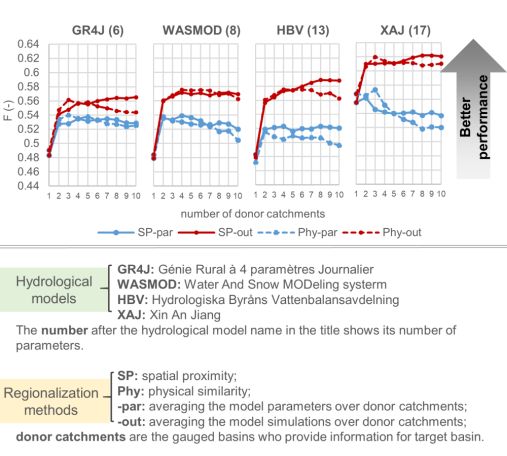Trial lecture - time and place
Thursday 5 March, 10:15–11:00, Auditorium 1, the Geology building:
Benefits and challenges of reservoirs today and in the future
Conferral summary (in Norwegian)
Å studere klimaendringer og hydrologi er rett-fram de stedene det finnes målinger, men hva gjør man der det ikke finnes målinger? Regionalisering er en vanlig metode for å predikere avrenning i elver som mangler observert vannføringsdata (kalt umålte nedbørfelt). Denne avhandlingen tar sikte på å finne den best egnede regionaliseringsmetoden for umålte nedbørfelt i Norge, koblet med ulike hydrologiske modeller.
Main research findings
Popular scientific article about Yang’s dissertation:
Which regionalization method is the most suitable one for runoff mapping in Norway?
Studying climate change and hydrological changes is straight-forward for those places where measurements are available, but what to do where there are no measurements (called ungauged)? A lack of observed discharge data (called ungauged) is common in most regions of the world, preventing calibration of the hydrological models. Regionalization approaches (coupled with hydrological models) are common approaches for runoff prediction in basins lacking observed discharge data. This thesis evaluated the performance of runoff Prediction in Ungauged Basins (PUB) applying various regionalization methods combined with different hydrological models using both current and future climatic conditions as input. The conclusions are drawn based on about one hundred basins in Norway.
First, regardless of the hydrological model selected, the best regionalization approach is to average the model simulations from more than one gauged basins with similar climatic and geographical features. Second, the performance difference between averaging the model parameters and averaging the model simulations is positively correlated to the number of model parameters. The contribution to the uncertainty of future annual runoff from climate models and regionalization methods are comparable, in regions with low amount and variability of precipitation. For regions with higher precipitation amount and variability, climate models contribute markedly higher to the uncertainty. The results of this study provide information that can be generalized for PUB in other cold regions similar to Norway.

Photo and other information:
Press photo: Xue Yang, portrait; 500px
Other material: Thesis_Figure_Xue_1000px. Text: Performance comparison between distance-based regionalization methods and hydrological models for runoff prediction in ungauged (lacking observed discharge data) basins in Norway. Figure: Xue Yang, 2020
